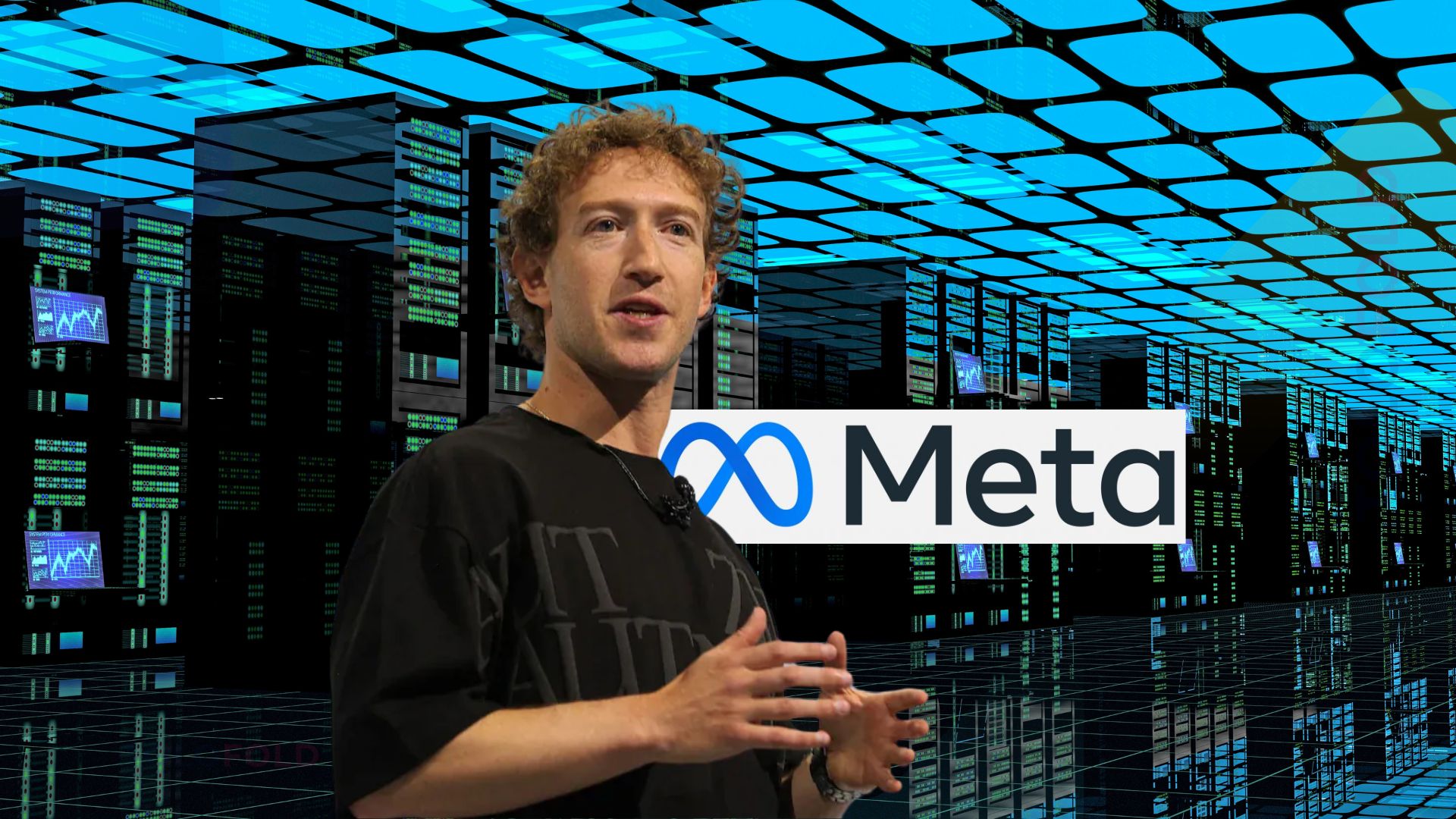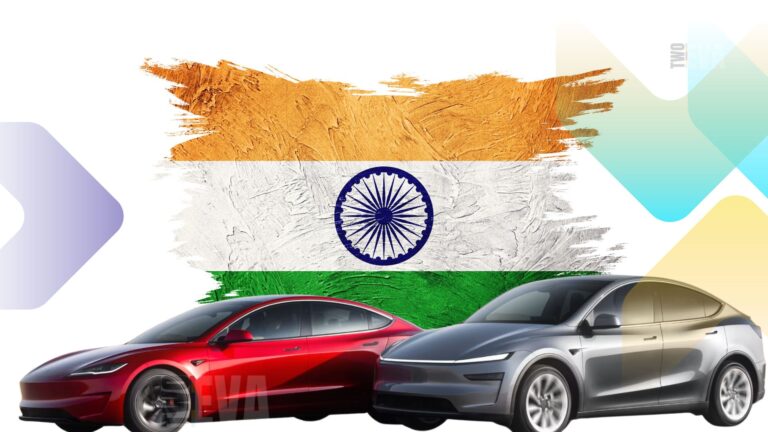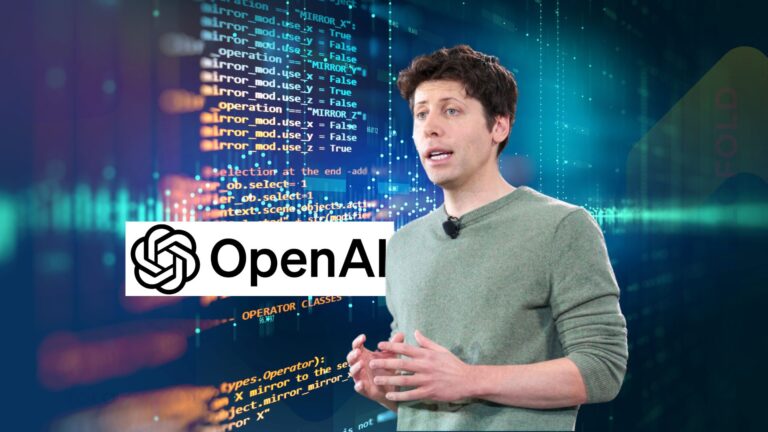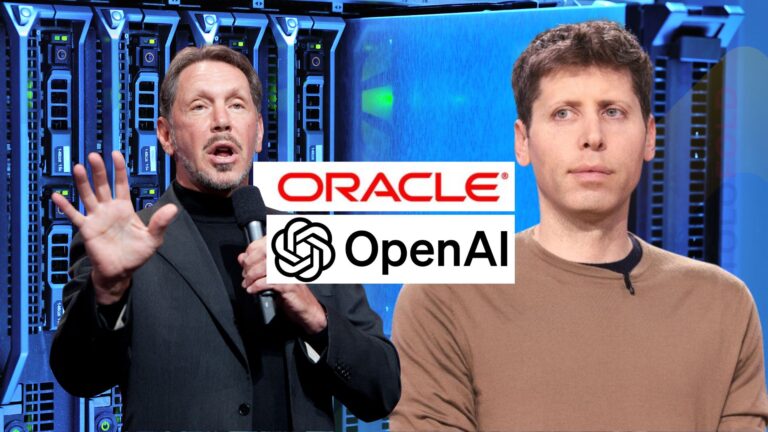Meta’s Rush for AI Dominance Leads to Unconventional—and Controversial—Tent Data Centers as OpenAI and Google Expand Traditional Footprints
Meta has taken an unconventional approach to expanding its AI infrastructure by deploying tent-based data centers as temporary solutions to meet surging computing demands. This method, while accelerating deployment, has raised questions about long-term reliability and environmental impact—setting it apart from competitors like OpenAI and Google, who continue investing in more traditional, permanent facilities.
The Push for Rapid AI Deployment
Meta’s urgency stems from the escalating AI arms race, where speed-to-market has become a critical differentiator. The company is racing to deploy its Prometheus 1GW AI supercluster and even larger projects like Hyperion, a 5GW facility planned for Louisiana. Traditional data center construction—hampered by labor shortages, power grid limitations, and zoning delays—cannot keep pace with Meta’s aggressive roadmap.
As reported by TechCrunch, these tents serve as overflow capacity while permanent facilities are built. SemiAnalysis notes that the strategy mirrors Tesla’s past use of temporary tent assembly lines to ramp up production quickly. “This design isn’t about beauty or redundancy. It’s about getting compute online fast!” their report states.
Traditional vs. Tent-Based Approaches
While Meta opts for speed, OpenAI and Google are doubling down on conventional data centers, prioritizing efficiency, redundancy, and regulatory compliance. These facilities include robust cooling systems, backup power, and long-term sustainability measures.
Here’s how the strategies compare:
| Factor | Meta (Tent-Based) | OpenAI/Google (Traditional) |
|---|---|---|
| Deployment Speed | Weeks or days | Months to years |
| Redundancy | Limited backup systems | Full backup power and cooling |
| Energy Efficiency | Potentially lower | Optimized for efficiency |
| Regulatory Risks | Possible bypass of strict standards | Built to comply with regulations |
Dylan Patel, CEO of SemiAnalysis, explains the trade-off: “Due to constraints with power, datacenter capacity, and construction crews, Meta has started putting datacenters in ‘tents’ to reduce bottlenecks.” But he warns that the lack of redundancy and cooling efficiency could become liabilities if these setups persist.
Environmental and Regulatory Concerns
The tents may also introduce environmental risks. Traditional data centers must adhere to strict emissions, cooling, and fire-suppression standards. Temporary structures, however, could sidestep these requirements, drawing scrutiny from regulators and environmental groups.
Experts argue that tents are likely less energy-efficient, increasing emissions per unit of computing power—a significant concern as Meta scales toward projects like Hyperion. While Meta insists these are interim solutions, the longer they remain operational, the greater the potential backlash.
Industry Reactions and Future Implications
Meta isn’t solely relying on tents—the company has pre-leased more data center capacity than any other hyperscaler in late 2024, signaling a broader infrastructure push. But its short-term fix highlights the pressure to keep up with rivals like xAI, which rapidly deployed its own AI compute resources.
The question remains: Can Meta transition from makeshift solutions to sustainable infrastructure before operational or regulatory challenges arise? For now, the company appears willing to sacrifice stability for speed—but in the high-stakes AI race, that gamble could carry long-term consequences.







